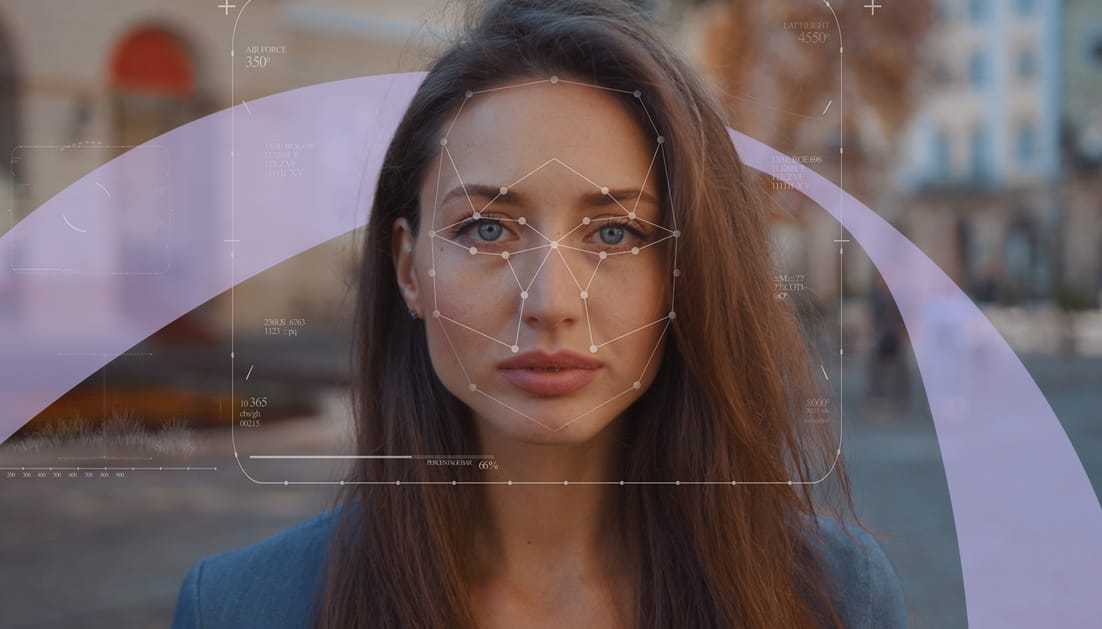Deep Deception: Detecting Deepfakes and Fabricated Videos in a World of Digital Illusion
In the swirling vortex of online content, authenticity feels increasingly fragile. We encounter faces on our screens, words spoken in their voices, actions seemingly captured in real-time – yet can we truly trust what we see and hear? The rise of deepfakes and fabricated videos has blurred the lines between truth and falsehood, posing a potent threat to trust, information integrity, and even democracy. But amidst this digital deception, there are ways to fight back, to equip ourselves with the tools to identify the seams in the fabric of illusion.
The Art of the Fake: Understanding Deepfakes and Fabrication Techniques

Before diving into detection, let’s first understand the enemy. Deepfakes utilize artificial intelligence to seamlessly merge the face and voice of one person onto another, creating hyper-realistic videos that can make anyone say or do anything. Less sophisticated fabrications involve traditional video editing techniques like splicing and compositing, often deployed to manipulate content in subtler ways. Both methods, however, aim to achieve the same nefarious goal: to deceive viewers into believing a constructed reality.
Unmasking the Imposter: Telltale Signs of a Fabricated Video
While spotting deepfakes and fabricated videos can be challenging, the human eye, combined with a healthy dose of skepticism, can still be a powerful tool. Here are some red flags to watch out for:
Visual Anomalies:
- Faces and skin: Look for unnatural smoothness, especially around the cheeks and forehead. Incongruences in skin texture (too young vs. too old) can also be a giveaway.
- Eyes and hair: Pay attention to inconsistencies in lighting and reflections around the eyes. Deepfakes often struggle with realistic hair movement.
- Mouth and teeth: Lip movements may not perfectly match the speech, and teeth might appear unnaturally white or smooth.
- Body and movement: Observe for jerky or unnatural movements, especially around joints. Look for glitches or blurring around the subject’s edges.

Audio Inconsistencies:
- Voice and tone: Listen for subtle discrepancies between the voice’s usual tone and the one in the video. Pay attention to audio glitches or unnatural background noise.
- Lip sync: Does the audio perfectly match the lip movements? Look for any mismatch between spoken words and lip movement timing.
Contextual Cues:
- Source and origin: Be wary of content from unverified sources or websites with a history of spreading misinformation. Check for inconsistencies in the video’s metadata, like filming location or date.
- Claims and logic: Does the content make outrageous claims or rely on flawed logic? Is it emotionally manipulative or designed to trigger a specific reaction?
Beyond the Individual: Collective Defense Against Deepfakes

Spotting individual deepfakes is just one part of the puzzle. Building a strong defense against misinformation requires a collective effort:
- Media literacy education: Equipping individuals with critical thinking skills and awareness of fabrication techniques is crucial. Educational initiatives can foster a more discerning online audience.
- Fact-checking and verification tools: Utilizing technology to track the origins of content and identify manipulated media can help debunk fake videos before they spread.
- Platform responsibility: Social media platforms and content-sharing sites must actively combat deepfakes by adopting stricter verification protocols and content moderation policies.
The Future of Truth: A Call for Vigilance and Action

The battle against deepfakes and fabricated videos is ongoing, and the tactics will evolve as technology advances. However, by remaining vigilant, questioning what we see and hear, and supporting initiatives that promote media literacy and fact-checking, we can reclaim our digital spaces as bastions of truth and trust. Remember, in the realm of online information, skepticism is not cynicism, it’s self-defense. So, stay sharp, think critically, and become a digital sleuth in the face of deception. Together, we can ensure that the truth, however fragile, remains the light that guides us through the ever-shifting landscape of the digital world.



